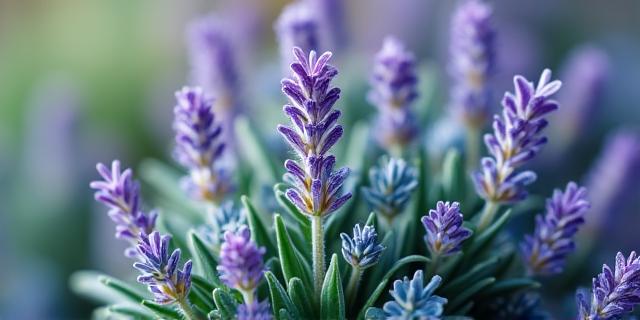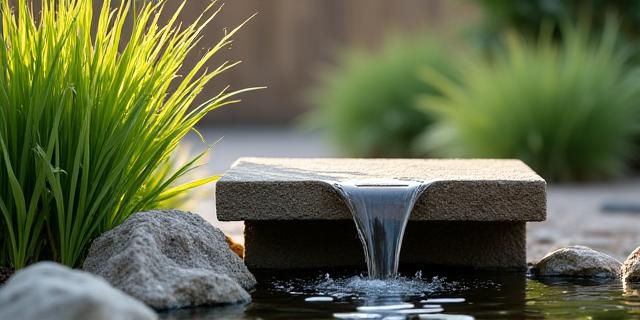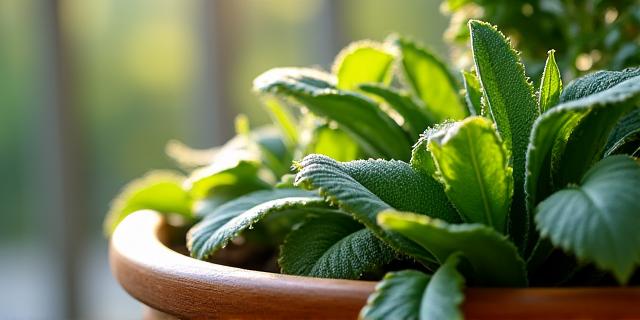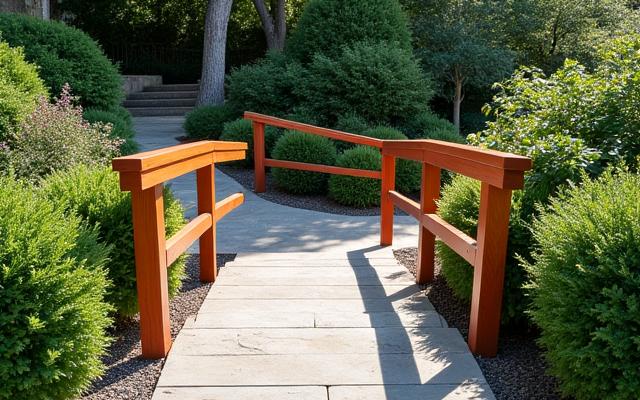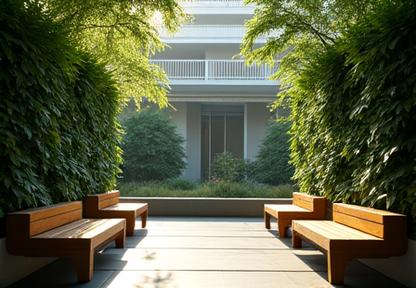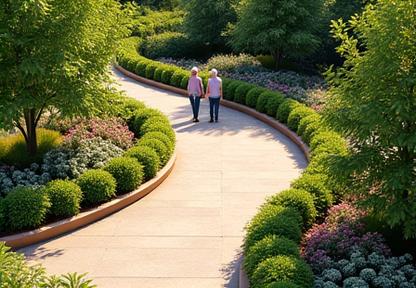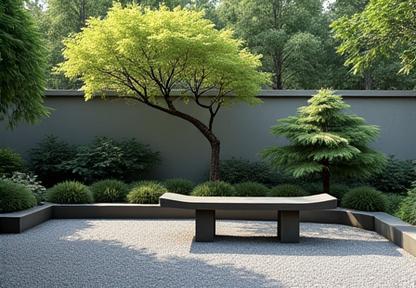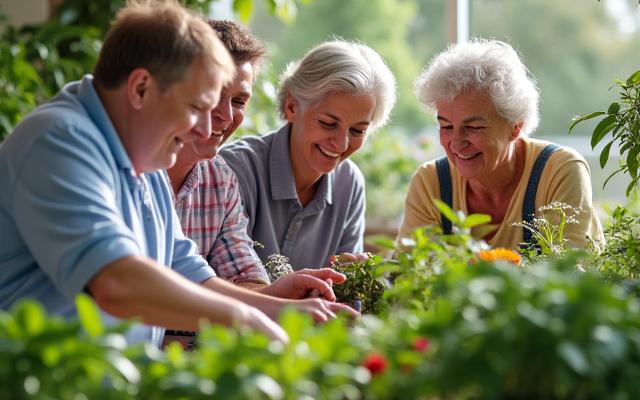
The Laurel Respite Retreat (Inpatient Cancer Care)
Goal: Provide a non-clinical environment for patients undergoing infusion therapy. Features include shaded seating alcoves, dense flowering shrubs (Rhododendron, Azalea) to screen views, and a circulating stream to mask facility noise.
Outcome: 85% of users reported a subjective feeling of reduced anxiety during visits.


